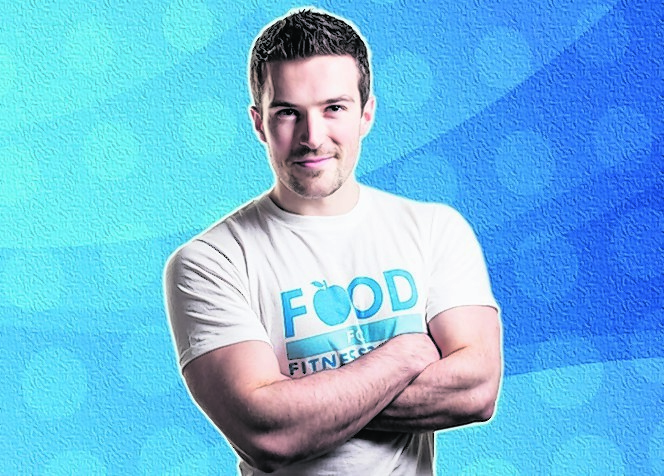Scott Baptie is a nutritionist and online personal trainer based in Aberdeen. He helps people move, look, feel and perform better.
Sports nutrition is one of those things that, if done properly, can make a huge difference to the quality of your exercise sessions. However, like many aspects of nutrition, it can be a confusing topic. How much should you eat? When should you eat? What to eat? In part one of this mini-series I’m going to help you out with your pre-workout meal.
The aim – pre-workout – is to provide sufficient fuel for your body so you can exercise at a high intensity and perform to the best of your ability. In most forms of exercise, your main fuel source is going to come from stored carbohydrates.
This means that you should be looking to have a carbohydrate-rich meal to top-up your fuel reserves before you hit the gym or head out for a run. Roughly 2-3 hours before you exercise, try and have a carbohydrate-rich meal. Some people need a little more time than this for everything to digest, but a couple of hours is usually sufficient.
What kind of carbohydrates you go for are up to you. Nutritious ones such as root veg, wholegrain pasta, rice and brown bread may be good options. It’s probably a smart idea to include a source of protein too – this will help minimise muscle damage and it makes the recovery process easier. Drinking some water with this meal is going to help cover your hydration bases too. A pint of water is probably your best bet.
Putting this into practice – if you exercise after work, consider splitting your lunch into two: have one half about midday and the second portion later on before you train. If you workout in the evening, look to have an early dinner rich in protein and carbohydrate. Proper timing is key here. Don’t wolf something down too close to your workout as this can be a big mistake. Not only will it not allow sufficient time for the food to be digested to provide energy for your session, but it may make you feel uncomfortable, bloated and actually make you feel worse than had you not eaten at all.
Once again, you want to allow at least two hours between finishing your pre-workout meal before commencing exercise.
What if you workout first thing in the morning? Well it’s unlikely you’ll be able to eat several hours beforehand so ensuring you consume a carbohydrate-rich meal the night before, is going to be advantageous.
I’ve spoken to loads of people who train straight after work who haven’t eaten since lunchtime or perhaps they’ve just grabbed a banana to eat in the car. Sound familiar? If it does, try and factor in this pre-workout meal, give yourself plenty of time to digest it and see if it makes a difference to your training session. My guess (and a lot of research supports this too) is that you’ll have more energy, feel less tired and, as a result, get far more from your workout.
Scott Baptie is a nutritionist and personal trainer based in Aberdeen. He helps people move, look, feel and perform better. Find out how at FoodForFitness
